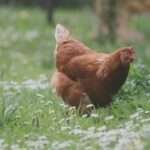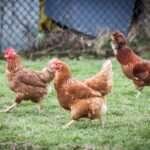If you’ve ever observed chickens engaging in what seems like a peculiar ritual of rolling and flapping in a cloud of dust, you’ve witnessed the fascinating behavior of chickens dust bathing. Dust bathing is an essential and instinctual behavior in chickens that serves multiple purposes beyond just being a quirky spectacle. In this article, we will delve into the fascinating world of dust bathing, exploring the reasons why chickens dust bathe, the benefits they gain from this behavior, and what you can do as a chicken keeper to provide them with the perfect dust bathing environment.
The Art of Dust Bathing: What Chickens Do and Why
Dust bathing is a natural and instinctive behavior deeply ingrained in the lives of chickens. In the wild, where chickens originate from jungle fowl, they would find a patch of loose, dry soil and start the process. Domesticated chickens still carry this ancient practice, even if they now reside in our backyards or coops.
The process begins with the chicken scratching the ground to loosen the soil and create a shallow depression. Then, with great enthusiasm, they lower themselves into the dusty hollow, tossing the soil onto their backs with their feet and wings. This vigorous shaking and wriggling help the dust penetrate deep into their feathers, reaching the skin and every nook and cranny. The chicken then stands up and shakes the remaining dust from their feathers, looking quite content and satisfied with their self-administered spa treatment.
The Purpose and Benefits
Dust bathing is much more than just a fun activity for chickens; it serves several vital purposes in their overall health and well-being.
- Hygiene and Cleanliness: When chickens dust bathe, the dry soil and dust help absorb excess oil and moisture from their feathers. This cleaning process acts like a natural dry shampoo, removing dirt, debris, and excess skin oils. The dust helps the chicken maintain a clean and healthy plumage, promoting their overall cleanliness.
- Parasite Prevention: Bathing plays a crucial role in preventing external parasites in chickens. The abrasive action of the dust helps dislodge and suffocate external parasites such as mites, lice, and fleas that may attempt to take residence in a chicken’s feathers and skin. The dust, coupled with other natural methods like preening and sunbathing, acts as a form of pest control.
- Cooling and Temperature Regulation: Chickens are not capable of sweating to cool themselves down, so dust bathing provides an ingenious solution. By coating themselves in a layer of dust, the soil particles help insulate the chickens’ skin from direct sunlight, reducing heat absorption and aiding in temperature regulation. Additionally, as the dust evaporates moisture from the chicken’s skin, it creates a cooling effect.
- Social Bonding and Flock Dynamics: Bathing is often a communal activity for chickens. Multiple chickens may gather in the same dust bathing spot, enjoying each other’s company as they engage in this behavior. This shared experience fosters social bonding and contributes to the cohesion of the flock.
What Chickens Need from You: Providing a Suitable Area
Now that we understand the importance and benefits of dust bathing for chickens, it’s essential to ensure they have access to a suitable dust bathing area in their living environment. Providing the right conditions for dust bathing allows chickens to express their natural behavior fully and enjoy the many advantages it offers.
Selecting the Right Location: Choosing the right spot for a dust bathing area is crucial. Chickens naturally seek out dry, loose soil, so find an area in their coop or run that receives ample sunlight and has well-draining soil. Avoid areas prone to puddles or moisture, as wet soil hinders the dust bathing process and can create muddy conditions.
Preparing the Area: Create a comfortable and enticing environment for dust bathing. Rake or dig the soil to loosen it, forming a shallow depression where chickens can bathe. The size of the dust bathing area depends on the size of your flock. Aim for a space that can comfortably accommodate several chickens at once.
Choosing the Right Substrate: The substrate or material in the dust bathing area plays a vital role in the effectiveness of the process. Chickens prefer dry and fine-textured materials for dust bathing. Common materials used for the substrate include sand, fine dirt, wood ash, and peat moss. Each material has its advantages, and you can experiment to see which one your chickens prefer.
Encouraging Natural Instincts: Chickens have an innate ability to locate the best places for dust bathing, but providing a designated area encourages their behavior. Once you set up the spot, chickens will quickly learn to seek it out. As they recognize the designated area, they will visit it regularly, ensuring they reap the benefits of dust bathing consistently.
Adding Delights to the Dust: Enhancements for an Effective Dust Bath
While chickens are content with basic dust bathing, there are some additions you can provide to enhance their experience and maximize the benefits.
Diatomaceous Earth (DE): Diatomaceous earth is a natural, fine powder composed of fossilized algae. It is known for its insect-repellent properties and is often used as an organic pest control measure. Adding a small amount of food-grade diatomaceous earth to the area can help control external parasites on chickens.
Herbs and Botanicals: Chickens are attracted to the aromatic scents of certain herbs and botanicals. Dried lavender, mint, chamomile, and calendula petals can be sprinkled into the dust bathing area. These herbs not only add pleasant fragrances but also have soothing properties that can help relax and calm chickens.
Soil Enrichment: To provide additional nutrients to chickens during bathing, you can mix in a small amount of food-grade diatomaceous earth or wood ash. These substances contain beneficial minerals that chickens may ingest while dust bathing, supporting their overall health.
Ensuring Safety: When adding materials to the dust bathing area, it is essential to use safe and non-toxic substances. Avoid using any chemicals or additives that could be harmful to chickens. Choose natural and organic materials that are safe for your flock.
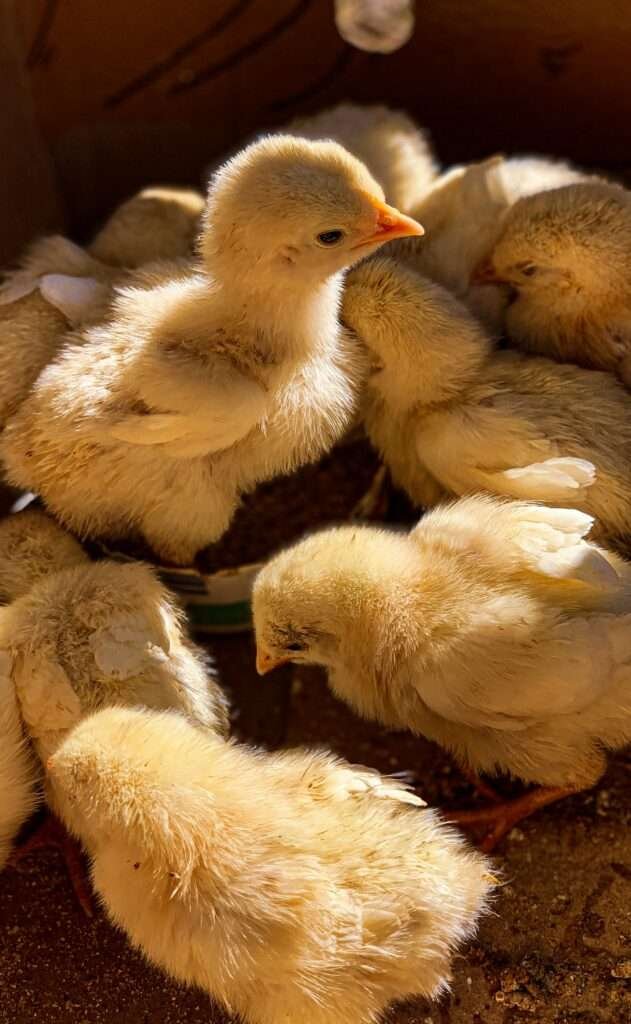
The Curious Case of Dust Bathing Chicks
Just like adult chickens, young chicks also exhibit bathing behavior as a natural instinct. As soon as chicks are introduced to their living environment, they may begin to peck at the substrate, scratch the ground, and imitate the dust bathing behavior they observe from the older members of the flock. While it may appear cute and amusing, it’s essential to ensure that dust bathing for chicks is safe and appropriate.
Understanding the Development of Dust Bathing Behavior in Young Chicks: Dust bathing behavior in chicks starts to develop when they are around two to three weeks old. At this age, they become more curious about their surroundings and start exploring the environment. They will mimic the actions of older chickens as they witness them dust bathing. However, the full-fledged dust bathing behavior may take some time to develop as the chicks grow and mature.
The Importance of Providing a Suitable Dust Bathing Environment for Chicks: Young chicks are more vulnerable to external parasites due to their delicate and developing feathers. Offering them a clean and suitable dust bathing area from an early age helps prevent parasitic infestations and promotes healthy feather development. It’s essential to provide the chicks with an area that is easily accessible and sized appropriately for their small bodies.
Monitoring and Facilitating Safe Dust Bathing for Young Chickens: As the chicks learn to dust bathe, it’s crucial to monitor their behavior to ensure they are safe and not ingesting excessive amounts of substrate. Dust bathing for chicks should be supervised, and the substrate used should be fine-textured and free from any potential hazards.
Integrating Chicken Dust Bathing into Your Care Routine:
Observing and Understanding Your Chickens Habits: Take the time to observe your chickens’ dust bathing habits to ensure they are engaging in this behavior regularly. Dust bathing is an instinctual activity, so most chickens will naturally seek out the dust bathing area when they need it. By understanding their habits, you can determine if any adjustments are necessary.
Frequency of Dust Bathing: Chickens generally dust bathe several times a week, and the frequency may vary depending on individual preferences and environmental factors. Providing a suitable dust bathing area encourages chickens to dust bathe regularly, ensuring they enjoy the full benefits of this behavior.
Seasonal Considerations: Chickens may dust bathe more frequently during hot and dry weather when they seek relief from the heat. In contrast, they might reduce dust bathing during colder or wetter periods. Be observant of their behavior and adapt the dust bathing area accordingly to meet their needs.
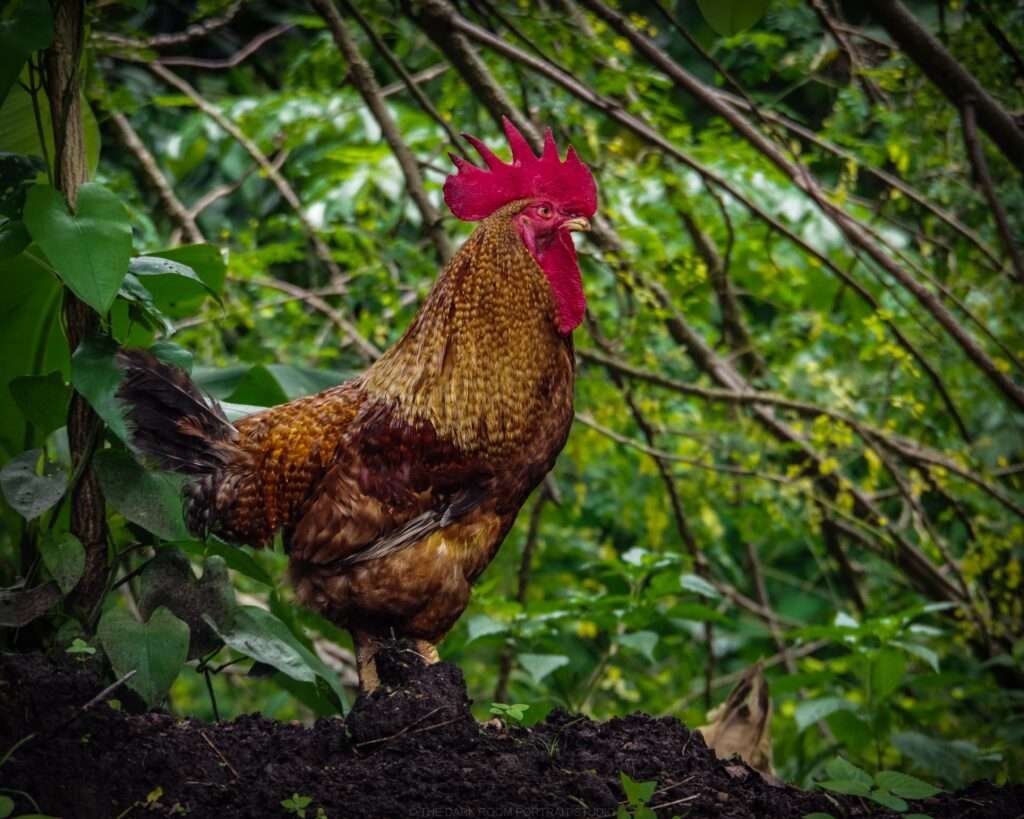
Troubleshooting: Overcoming Challenges
Encouraging Reluctant Chickens: Some chickens may be hesitant to engage in dust bathing, especially if they are new to the environment or have not experienced it before. To encourage them, you can gently place them in the dust bathing area and show them how to dust bathe. Often, once they experience the refreshing feeling of dust bathing, they will eagerly continue the behavior.
Addressing Overcrowding and Dominance Issues: In some cases, dominant chickens may prevent more timid or lower-ranking flock members from accessing the dust bathing area. Ensure that your flock has enough space and multiple dust bathing spots to avoid conflicts and overcrowding. Having more than one dust bathing area allows all chickens to have equal opportunities to engage in this essential behavior.
Managing Dust Bathing in Confined Spaces: If your chickens are kept in a smaller coop or run, providing a designated dust bathing area can be challenging. However, even in confined spaces, you can create a small dust bathing box or tray filled with suitable substrate. Regularly move the box to different locations to prevent soil depletion and ensure all chickens get a chance to dust bathe.
The Impact on Egg Quality and Health
The Connection Between Dust Bathing and Overall Chicken Health: Dust bathing is integral to maintaining the overall health and well-being of chickens. By removing excess oil and dirt from their feathers, chickens can maintain a healthy plumage, which is essential for insulation and protection from the elements.
The Effects of Dust Bathing on Egg Quality and Shell Condition: Chickens with access to a suitable dust bathing area are more likely to have cleaner feathers, reducing the likelihood of soiled eggs. Cleaner eggs mean less egg cleaning and lower chances of bacterial contamination. Additionally, dust bathing helps keep parasites at bay, reducing stress on the chickens and promoting better egg production and quality.
How Dust Bathing Contributes to Happy and Content Chickens: Dust bathing is more than just a grooming ritual; it is a pleasurable activity that brings comfort and satisfaction to chickens. When chickens have access to a dust bathing area, they are happier, less stressed, and more likely to exhibit natural behaviors. Happy and content chickens are healthier and more productive layers, contributing to a harmonious and thriving flock.
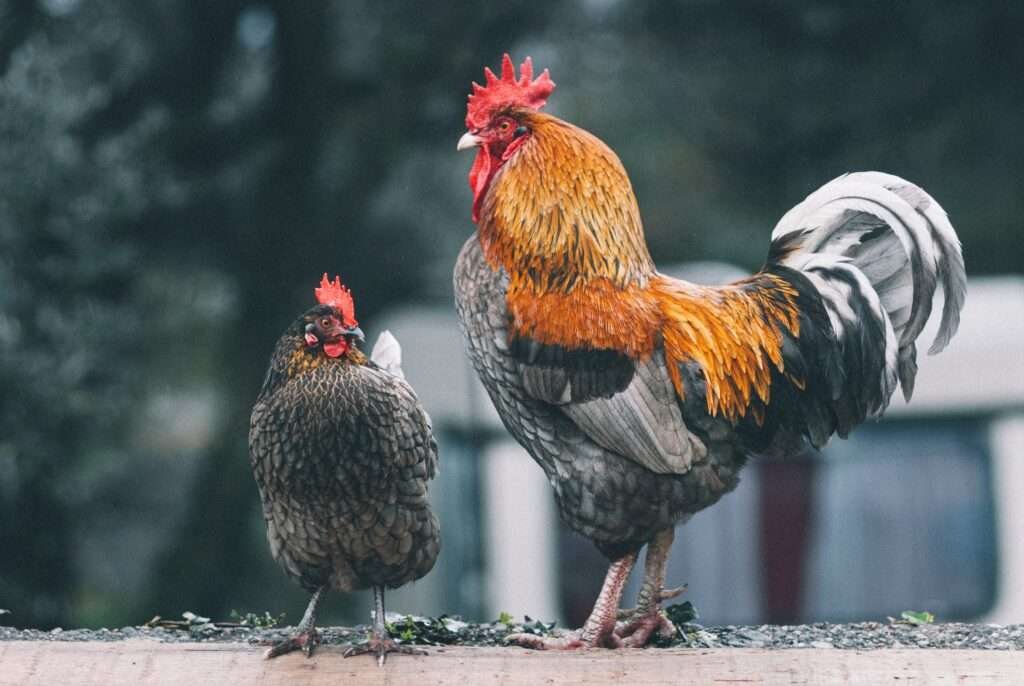
A Natural Behavior to Cherish
Appreciating the Uniqueness and Joy of Watching Chickens Dust Bathe: Dust bathing is a sight to behold, a mesmerizing ritual that showcases the natural instincts of chickens. Take a moment to observe and appreciate the elegance and grace with which chickens perform this behavior.
Building a Stronger Bond with Your Flock Through Understanding Their Natural Behaviors: As a chicken keeper, understanding and supporting the natural behaviors of your flock creates a deeper bond between you and your chickens. By providing a suitable dust bathing area, you are fostering their well-being and enabling them to express their instincts freely.
The Fulfillment of Providing Your Chickens with the Means to Express Their Instincts: As a steward of your flock, providing a suitable dust bathing area is not just a duty but a rewarding experience. Seeing your chickens contentedly dust bathing and benefiting from this behavior brings a sense of fulfillment and joy to every chicken keeper.
Chickens Dust Bathing
Dust bathing is a timeless and essential behavior that has been a part of chickens’ lives for centuries. By understanding why chickens dust bathe and what they need from you, you can provide them with the means to express this natural instinct and enjoy the numerous benefits it offers. From promoting hygiene and cleanliness to parasite prevention and temperature regulation, dust bathing plays a critical role in maintaining the health and happiness of your flock. As you observe your chickens indulging in their dust bathing rituals, cherish these moments and take pride in nurturing their natural behaviors. By providing them with a suitable dust bathing area, you are enriching their lives and fostering a thriving and contented flock.


